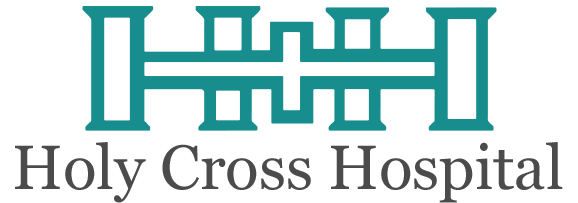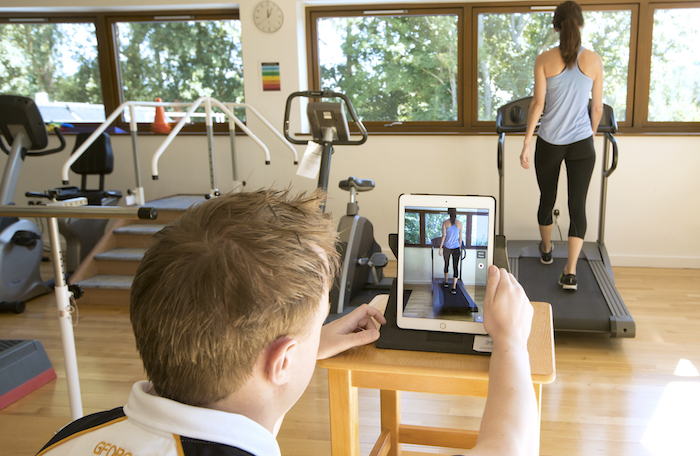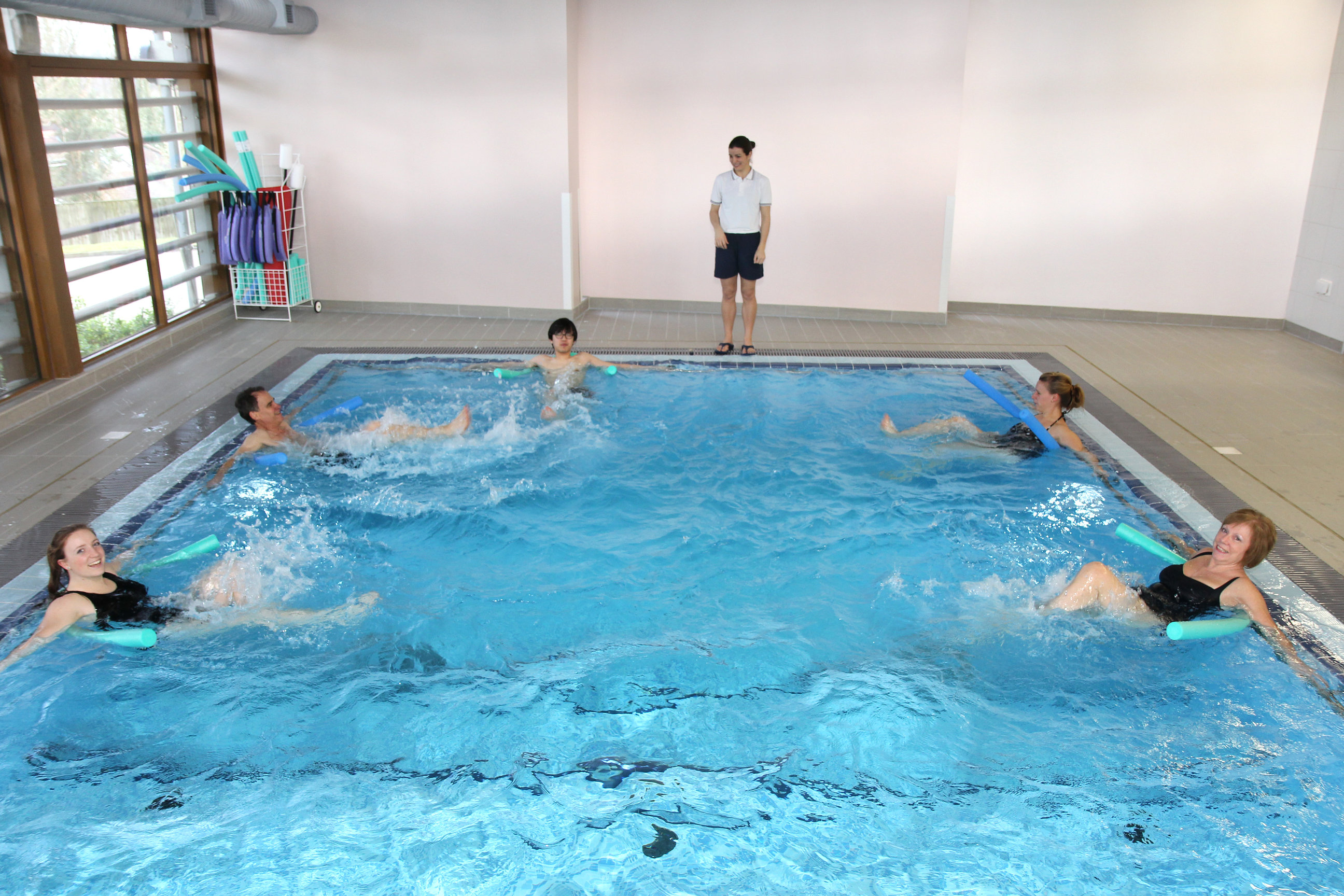About osteoporosis, treatment and prevention.
What is osteoporosis?
Osteoporosis is a condition where, over time, our bones become less dense, making them weakened and more likely to fracture (break).
Bone is alive; our bodies produce cells that remove bone, and cells that build new bone. When our bodies are removing more bone than they build, the strength and density of bones reduces, making them more fragile and at risk of fracture.
Osteoporosis is caused by conditions that:
- affect how strong the bone tissue is
- affect quantity of bone the body produces
- affect bone healing, such as after a fracture recently or earlier in life.
Consequences
Left untreated osteoporosis can result in an increased risk of breaking bones, deformed spine and pain but also impeded lung and digestive function.
Around 300,000 fragility fractures occur each year in the UK. A fragility fracture is one that results from a fall from standing height or less. Our bodies should ordinarily be able to withstand a fall from this height. Half of women and a fifth of men will break a bone because of poor bone health.
Around half of people who suffer a fracture due to osteoporosis will go on to have another one. Fractures can be life changing, affecting your independence - and can be very painful!
Risk factors
Around 3 million people in the UK have osteoporosis. Anyone can develop it but some people are more at risk than others.
Here are some of the groups at increased risk:
- People with a family history of osteoporosis, especially where a parent has had a hip fracture.
- Women after the menopause, particularly women who started the menopause before age 45. The menopause results in women producing less oestrogen, a hormone that protects bones.
- Women who have had a hysterectomy before age 45.
- Women, generally, are at a higher risk of developing osteoporosis than men, in part because they tend to have smaller bones.
- People who have had an eating disorder such as anorexia or bulimia.
- People who have or have had a low BMI.
- People with Crohn’s disease or coeliac disease.
- People with naturally lower testosterone levels
- People with other medical conditions – such as inflammatory conditions, hormone-related conditions, or malabsorption problems
- People who have used certain medications over the long term that affect hormones or bone density. E.g. high dose steroids or anti-oestrogen tablets taken by women who have had breast cancer.
- Lifestyle factors can also increase a person’s risk of developing osteoporosis, such as smoking, too much alcohol or not enough exercise.
Bone density: our age, sex and ethnicity
Our bones change throughout our lives as part of the natural ageing process.
From birth to our mid 20s: bone density and strength increases.
Mid 20s to mid 30s: peak bone mass reached.
Women 35+ until the menopause: bone density very gradually decreases.
Women post menopause: 20% of bone mass is lost in the first 5 to 7 years after the start of the menopause.
Men: bone density remains stable until middle age and then slowly declines.
Reduced muscle mass and poorer balance in older people also increases the risk of falls and, as a result, fractures too.
People of Caucasian or Asian origin are more at risk of developing osteoporosis. People with Afro-Caribbean origin have a lower risk. This is because people of Caucasian and Asian backgrounds tend to have smaller bones than people with Afro-Caribbean background.
Eating disorders and compulsive exercise
Of all health conditions, osteoporosis is most closely linked with eating disorders. Eating disorders are thought to affect over 6% of the population. People who have had an eating disorder often develop osteoporosis at a much younger age than others.
- Eating disorders are linked to osteoporosis because:
- Hormonal changes can occur when a person’s weight becomes very low, putting bone health at risk. These include reduced oestrogen and/or testosterone (both of which are good for bone health) and increased levels of cortisol. Too much cortisol interferes with bone building and therefore bone density.
- In girls and women, serious weight loss can result in periods ending. Similar to the effects of the menopause, this can result in reduced bone density. For girls and young women, this is made worse because it is happening at a time when bone building should still be taking place. This increases their risk of developing osteoporosis later on.
- Fat produces a small amount of oestrogen so low body fat also increases the risk of developing the disease.
- Weight loss can result in malnutrition and a low BMI. A low BMI reduces the load carried by our bones (bony loading). Our bodies need adequate bony loading to build bone density.
- Compulsive exercise is also a common feature and when combined with falling body weight and loss of menstruation further lowers bone density.
While all these factors play a part in osteoporosis, reaching and maintaining a healthy weight is overwhelmingly the single most important one for protecting bones. Even if you have had an eating disorder in the past or recently, it is never too late to take action to start looking after your bones.
Cutting risk factors
Some risks can be reduced by changing our lifestyles.
Maintaining a healthy weight
Having a varied and healthy diet which includes plenty of calcium and vitamin D. Good sources of calcium include dairy produce, leafy greens (but not spinach) and broccoli, fish where you eat the bones (e.g. tinned sardines), soya beans and pulses. Vitamin D comes from sunlight and is also in oily fish, red meat and egg yolk.
Cut alcohol consumption and stop smoking. Both alcohol and smoking interfere with healthy bone building. In women, smoking can increase the risk of an early menopause.
Some medicines taken over the long term can affect healthy bone growth. Talk to your GP for advice if this concerns you.
Staying active - take part in regular exercise that includes building strength, helping balance and improving posture
Diagnosis
People with osteoporosis might not experience any symptoms or pain from the disease until they fracture a bone.
To test for osteoporosis or mild loss of bone density (osteopenia) which happens before osteoporosis sets in, you may have a specialist scan called a DEXA scan, which stands for dual energy x-ray absorbtiometry. This scan is usually of your hips and spine as these are most at risk of fractures.
Doctors also use a FRAX (fracture risk assessment tool) score to determine your risk of having an osteoporosis-related fracture in the next 10 years. Using a questionnaire, your doctor will look at your risk factors (age, gender, weight, health and family medical history) to calculate your personal risk.
Your FRAX score and the results of a scan will determine what treatment or advice you might need.
Treatment and prevention
Exercise and physiotherapy are a vital part of treatment and prevention.
Research suggests that exercise at a healthy weight is the most effective treatment option for reducing the likelihood of developing osteoporosis, preventing deterioration and minimising the risk of falls and fractures.
Doctors may prescribe medicines too such as supplements, hormone treatments or injections, or other medication.
How to exercise
The National Osteoprosis Society recommends the ‘strong, straight and steady’ approach to exercise.
- Strong - muscle strength. It’s a myth that weight bearing activities should be avoided. Getting advice on the right type of exercise for you (walking, dancing, Pilates) is a good idea.
- Straight - good posture improves back muscle and reduces back pain
- Steady - improved balance and muscle strength reduces the risk of falls.
Strong
Weight bearing and impact exercises help to build bone. These include:
- Moderate impact activities - skipping, jogging, dancing, racquet and ball sports
- Lower impact activities - Pilates, brisk or Nordic walking, repeated stair climbing.
Ideally, aim to do 20 minutes most days, combining some low and some moderate impact activities but find out what’s right for you.
Resistance exercises include using weights, using your body weight as part of the exercise (such as squats, sitting to standing, wall press) and whole body exercises such as aqua aerobics, Pilates or circuit training (doing a series of activities with a brief rest in between each one to exercise different muscles and joints.
Straight and steady
The straight element of the strong, straight and steady approach focuses on posture, back health and managing any associated pain.
A healthy back is important for safe lifting and moving techniques. Activities such as Pilates, yoga, swimming and hydrotherapy can help.
Aim to do these activities two to three times a week or daily if needed.
Improving balance helps us to be more steady on our feet, cutting the risk of falls. Many of the strengthening activities such as jogging, Pilates and aqua aerobics help with balance too.
Other good activities include tai chi and individual exercises such as heel raises, walking on our toes, standing on one leg or balancing on a narrow base of support.
Ensuring adequate support or supervision is important for safety. Aim to carry out balance activities two to 3 times a week or, for people who have already had a fall, most days.
Exercise for bone health
Some activities help with more than one part of the strong, straight, steady approach. Here is an example of an exercise plan:
- Walk for 20 minutes 5 days a week
- 20 minutes of strength and resistance activities 2 to 3 days a week
- 20 minutes of balance and posture activities 2 days a week
Not all exercise stimulates bone growth. Bone reacts to increases in loads and forces by growing. It responds to intensity rather than duration; that is, when it is put under greater force than it is used to rather than a repetition of the same force.
Higher impact exercises such as jumping, skipping, jogging, running up and down stairs stimulate bones better than low impact activities such as walking.
Over time, exercises should be progressed to challenge bones and muscles. This can be done by gradually increasing speed or resistance in an exercise or holding a position for a period of time to enable the bones to experience a ‘load’.
How we can help
We run classes and one to one exercise sessions and physiotherapy treatment. Contact us for a personal assessment and advice.





